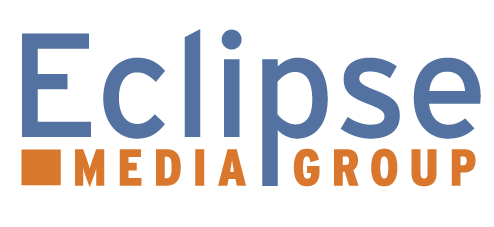Beyond social media and SEO: Why media relations is your secret weapon for LLM search success
Posted on July 17, 2025 by Eclipse Admin

By Andrea Gural, VP of Strategic Communications, Eclipse Media Group
The ever-shifting world of social media algorithms, content formats, posting frequencies and new and fading influencers—not to mention SEO trends—is definitely keeping communications pros and digital marketing managers on their toes. But while everyone’s been obsessing over social media metrics for the past decade, there’s a new player that’s quietly revolutionizing how people find and learn about brands: AI search through Large Language Models (LLMs), such as ChatGPT, Claude, Perplexity AI, Gemini and others.
Since 2022 when the launch of ChatGPT took the world by storm, usage of major LLMs for business and personal use have been steadily on the rise. Today, LLMs are used for everything from large data analysis in healthcare, finance, scientific research and software development to meal planning and grocery lists, along with everything in between. In marketing and communications, it is proving just as impactful in terms of how consumers are researching and interacting with many different types of brands.
The LLM search Revolution
The numbers tell the story. The global LLM market is projected to grow by 36% from 2024 to 2030, with chatbot adoption expected to reach 23% by 2030. Gartner’s prediction that 50% of search engine traffic will shift by 2028 underscores just how dramatically the search landscape is changing.
Though still a small piece of the search landscape, ChatGPT, Claude, and other AI assistants are rapidly changing how people discover and evaluate brands. Unlike traditional search engines that rely heavily on keywords and backlinks, LLMs gather and synthesize information from authoritative news sources, press releases, and established media outlets to generate their responses. When someone asks an AI, “What’s the best software for project management?” or “Which companies are leading in sustainable packaging?” The AI first draws from credible journalistic sources, not social media posts or marketing material from your website.
Why social media alone won’t cut it
Social media is still great for engagement and building community, and SEO has been the backbone of digital marketing for years. But neither carries the weight that LLMs are looking for. That viral LinkedIn post or paid campaign might get you likes and shares, and your keyword-optimized website might rank well on Google, but neither is going to position your company as the thought leader in your field when AI assistants analyze questions about your industry. That traditional SEO playbook—stuffing keywords, building backlinks, optimizing meta descriptions—becomes less relevant when AI systems prioritize source credibility over search engine algorithms.
Media relations was not always considered “traditional” or old-fashioned. For decades, it was the cornerstone of a communications strategy, and for good reason. In the days when journalists served as the primary gatekeepers of information, getting your company featured in The Wall Street Journal, Forbes, Wired, or in top industry trade publications wasn’t just about reaching that publication’s audience; it was about establishing credibility within your industry and beyond.
The rise of social media and content marketing caused many companies to bypass traditional media entirely and publish directly to their audience. Today, the amount of social media noise and post volume (and potential for deepfakes and misinformation) is leading audiences back to that fundamental human need for trusted, authoritative information.
The media relations advantage in the AI era
Here’s what many companies are missing: when a journalist writes about your business, that coverage becomes part of the permanent record that will shape AI responses for years to come. A single feature story in an industry publication carries exponentially more weight with LLMs than hundreds of social posts because AI systems are specifically trained to recognize and prioritize journalistic authority.
Having worked in newsrooms and spent the last 15 years securing countless interview opportunities, the Eclipse team has seen firsthand how media coverage creates this lasting credibility. When you’re quoted as an expert in TechCrunch or The Verge or featured in a trade magazine, you’re not just reaching that publication’s audience, you are building the authoritative foundation that LLMs will reference whenever someone asks about your industry or expertise.
This is fundamentally different from other forms of content marketing. A blog post on your website carries the implicit bias of self-promotion. A social media post lacks the editorial oversight that gives journalism its credibility. But when a third-party journalist independently verifies your expertise and chooses to feature your insights, that endorsement carries weight that AI systems are trained to recognize and value.
Your LLM strategy starts with strong media relations
The brands winning in AI search aren’t just posting more content; they’re earning coverage in the right places. This means getting your executives positioned as industry thought leaders, securing mentions in respected publications, and maintaining relationships with the journalists who cover your space.
Gartner’s prediction that 50% of search engine traffic will shift by 2028 isn’t just a statistic, it’s a timeline. Companies that start building their media relations infrastructure today will have a significant advantage over those who wait until LLM search becomes mainstream.
Stay tuned for Part 2 – Building a comprehensive PR strategy for the AI age

